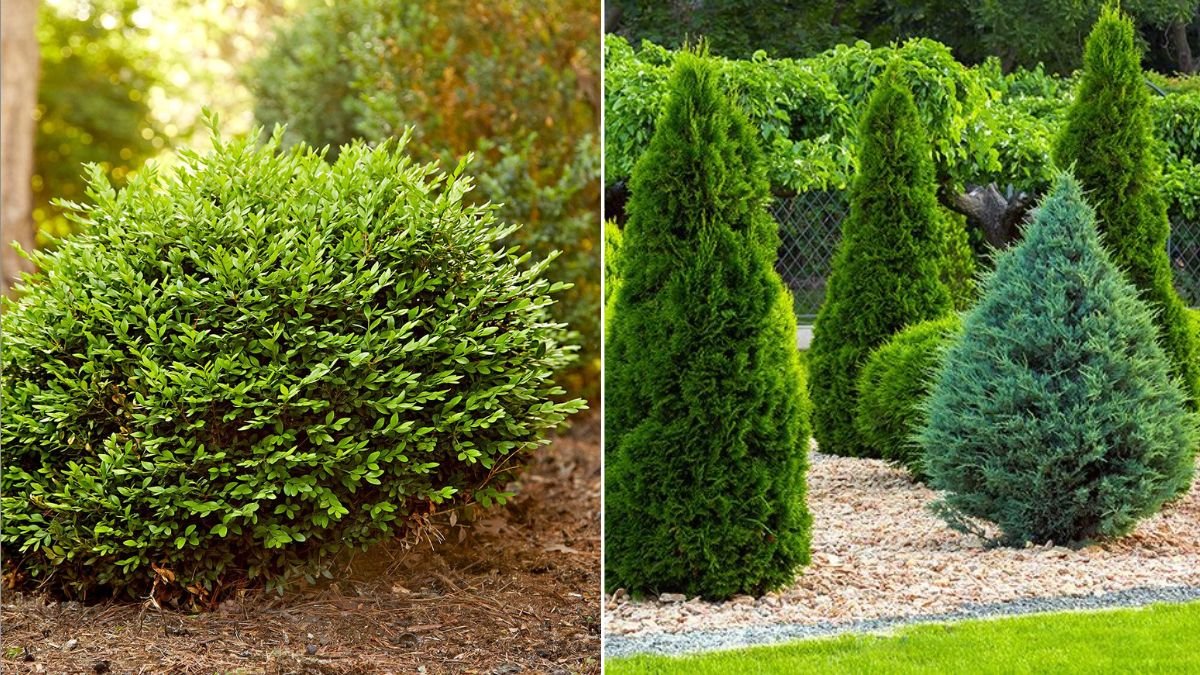For many gardeners, pruning can feel like a chore. While it’s necessary to shape some plants, control growth, and encourage flowering, not everyone has the time—or desire—to spend weekends with shears in hand. The good news? There are plenty of shrubs that naturally maintain a tidy form, resist overgrowth, and need only minimal trimming.
If you’re looking for low-maintenance plants that add year-round beauty to your landscape without demanding much care, these seven shrubs deserve a place in your garden.
Why Choose Low-Prune Shrubs?
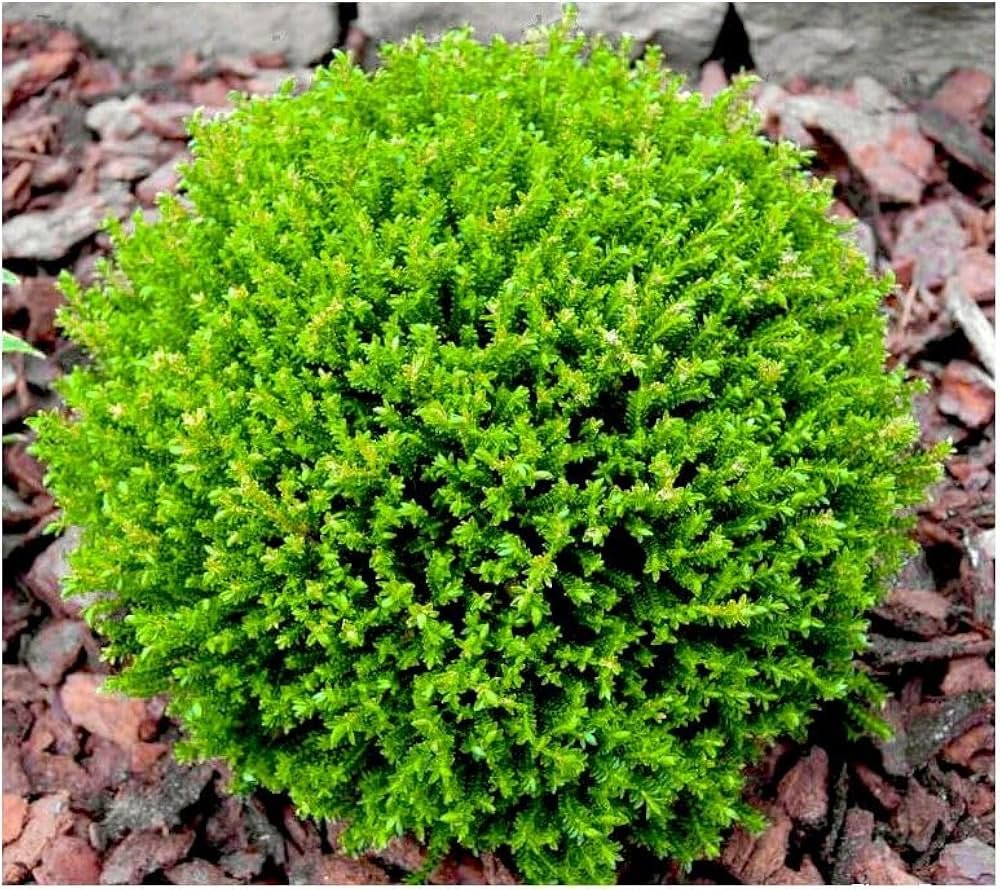
- Time-Saving: Perfect for busy homeowners who want attractive landscaping without constant upkeep.
- Beginner-Friendly: Ideal for gardeners just starting out or those who don’t feel confident with pruning techniques.
- Naturally Neat Shapes: Many of these shrubs grow in rounded or compact forms, eliminating the need for shaping.
- Healthier Plants: Over-pruning can stress plants. Choosing shrubs that thrive with minimal intervention helps them live longer and bloom more reliably.
1. Boxwood (Buxus spp.)
Why it’s great:
Boxwoods are classics in landscaping because they naturally grow into dense, rounded forms. While some people shear them into hedges, you don’t have to—left to their own devices, many varieties stay compact and neat.
Care tips:
- Grow in well-drained soil with part to full sun.
- Water during dry spells, especially when young.
- Choose dwarf varieties like Buxus ‘Green Velvet’ or Buxus ‘Suffruticosa’ for the lowest maintenance.
Best use: Border plantings, foundation shrubs, or evergreen structure in formal gardens.
2. Japanese Pieris (Pieris japonica)
Why it’s great:
Also known as Lily-of-the-Valley shrub, this evergreen beauty produces cascades of bell-shaped flowers in early spring. It grows into a graceful mound without much shaping needed.
Care tips:
- Prefers acidic, well-drained soil.
- Thrives in partial shade, making it a good choice for woodland gardens.
- Minimal pruning is only needed to remove dead branches.
Best use: Accent shrub in shaded gardens or as a companion to azaleas and rhododendrons.
3. Ninebark (Physocarpus opulifolius)
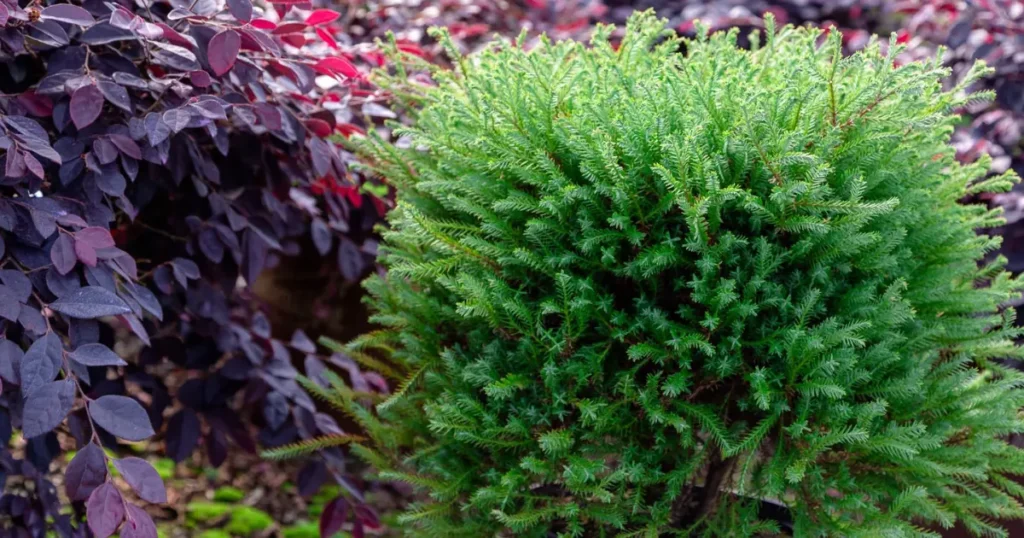
Why it’s great:
Ninebark is beloved for its colorful foliage—ranging from deep burgundy to golden tones—and its ability to thrive in a variety of climates. It has a naturally arching, layered form that doesn’t require constant trimming.
Care tips:
- Tolerates poor soils and drought once established.
- Full sun brings out the best leaf colors.
- Light pruning after flowering can enhance shape but isn’t essential.
Best use: Standalone focal point or mixed into wildlife-friendly gardens.
4. Winter Daphne (Daphne odora)
Why it’s great:
This shrub is prized for its intoxicatingly fragrant flowers that bloom in late winter to early spring. It maintains a compact mound shape without much intervention.
Care tips:
- Needs well-drained soil; avoid overwatering.
- Partial shade helps it thrive in hot climates.
- Prune only to remove damaged wood—otherwise, let it be.
Best use: Near entryways, patios, or windows where you can enjoy its fragrance.
5. Blue Star Juniper (Juniperus squamata ‘Blue Star’)
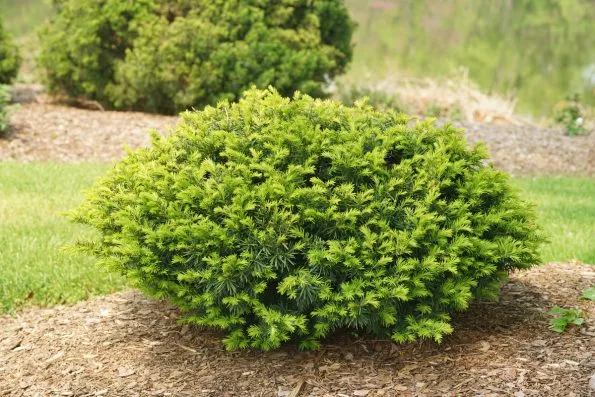
Why it’s great:
If you want a truly hands-off shrub, Blue Star Juniper is as easy as it gets. Its slow-growing, rounded form spreads gently, requiring virtually no pruning. Plus, its silvery-blue needles add year-round color.
Care tips:
- Prefers full sun and well-drained soil.
- Extremely drought-tolerant once established.
- No shaping needed—just plant and enjoy.
Best use: Rock gardens, slopes, or borders needing evergreen texture.
6. Hydrangea ‘Annabelle’ (Hydrangea arborescens ‘Annabelle’)
Why it’s great:
While some hydrangeas need careful pruning, ‘Annabelle’ is forgiving and low-maintenance. It naturally produces large, snowball-like blooms each summer without precise cutting.
Care tips:
- Grows well in partial shade.
- Benefits from being cut back in late winter, but it’s optional—plants will still bloom even if you skip pruning.
- Keep soil evenly moist for best flower production.
Best use: Mass plantings or foundation shrubs for big summer impact.
7. Dwarf Fothergilla (Fothergilla gardenii)
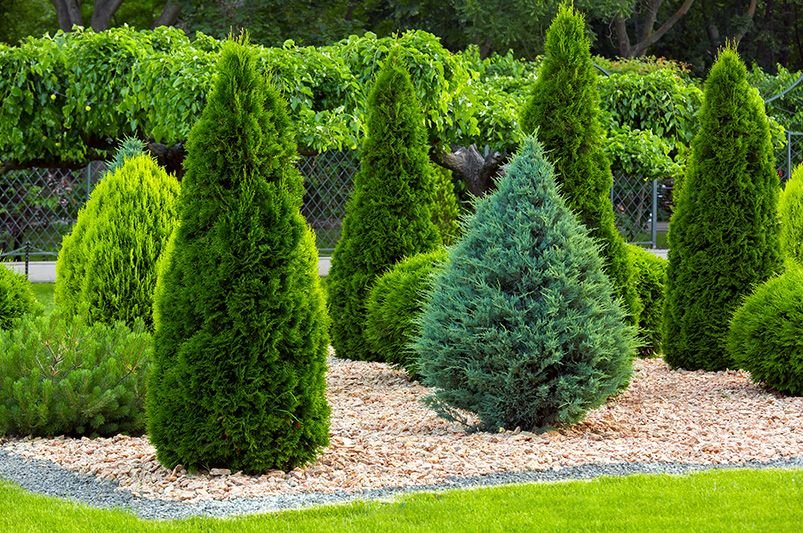
Why it’s great:
This compact deciduous shrub offers fragrant white spring flowers and spectacular fall foliage in shades of red, orange, and yellow. It grows in a naturally rounded form, keeping maintenance to a minimum.
Care tips:
- Prefers acidic, well-drained soil.
- Thrives in full sun to part shade.
- Rarely requires pruning beyond the occasional dead branch removal.
Best use: Small gardens, woodland edges, or pollinator-friendly landscapes.
Tips for Caring for Low-Prune Shrubs
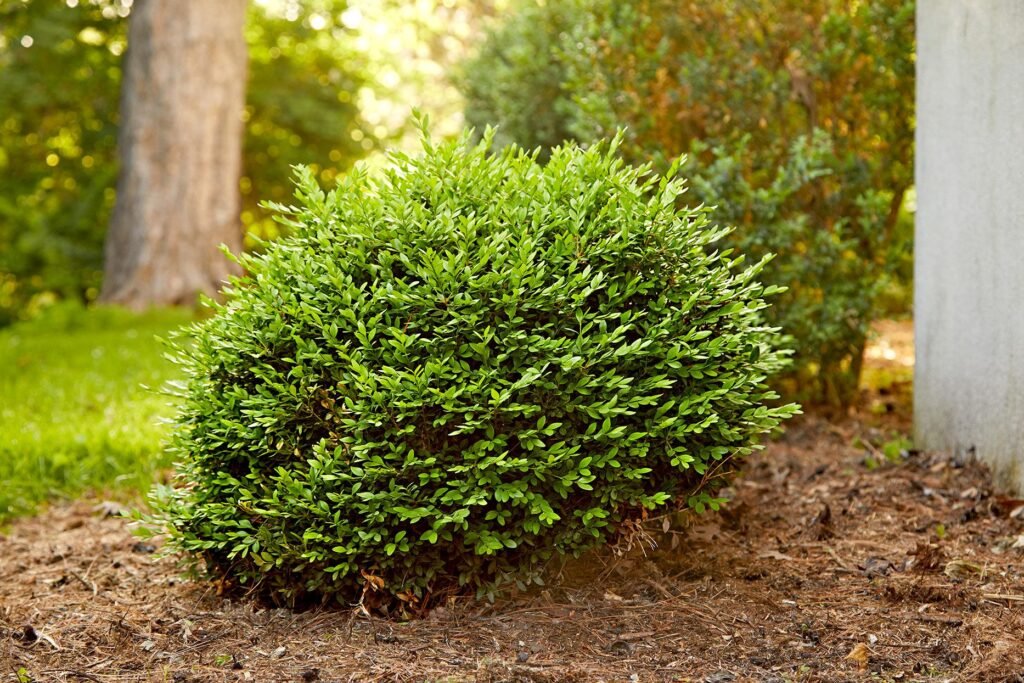
Even if your shrubs don’t require shaping, a few small steps will keep them thriving:
- Mulch annually to conserve soil moisture and regulate temperature.
- Water during dry spells, especially in the first two years after planting.
- Feed lightly with compost or slow-release fertilizer in spring.
- Inspect occasionally for pests or disease, removing affected branches if necessary.
Final Thoughts
Not every garden has to demand hours of pruning, clipping, and shaping. By choosing shrubs that keep themselves looking neat, you can enjoy a lush, beautiful landscape with minimal effort. From the evergreen elegance of boxwood to the fragrant charm of winter daphne, these seven shrubs prove that low-maintenance doesn’t mean boring.
Plant a few of these low-prune champions, and you’ll spend less time with shears in your hand and more time simply enjoying your garden.
